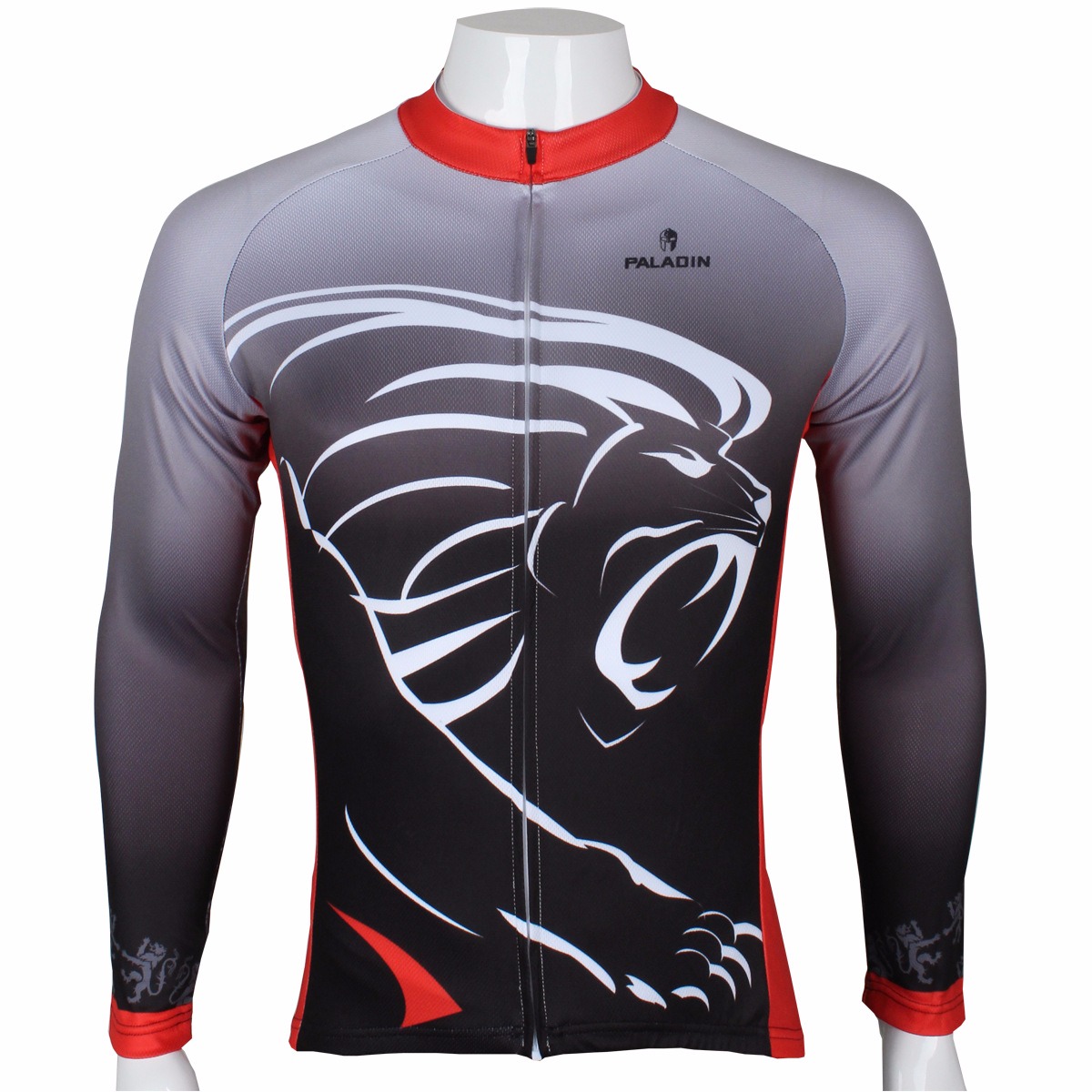Both materials have differences; they have high molecular weight compounds, despite their similar names, belong to different classes - one is polyester, and polyethylene belongs to polyolefins. Polyester is a synthetic fiber used in the production of ropes, cables, food packaging, and is perhaps the most famous and widely used synthetic fabric in the modern world. Clothing with the addition of synthetic fibers lasts a long time, is resistant to stains and dries quickly after washing.
Polyethylene wide used as packaging materials, used for the manufacture of containers, sewer pipes, electrical insulating products. The most common product made from this material is the film from which bags for packaging and carrying products are made.
 In addition to different areas of application, they are distinguished by their chemical composition and method of production. Polyester is obtained by polycondensation of polybasic acids or their anhydrides with polyhydric alcohols, and another polymer is produced from oil or natural gas by polymerization of identical monomers, its chemical formula is very simple and is a long chain (-CH2-CH2-)n, where n is the number of units in a chain. Polyesters or polyesters also exist in nature, these include shellac, tree resin, amber and others.
In addition to different areas of application, they are distinguished by their chemical composition and method of production. Polyester is obtained by polycondensation of polybasic acids or their anhydrides with polyhydric alcohols, and another polymer is produced from oil or natural gas by polymerization of identical monomers, its chemical formula is very simple and is a long chain (-CH2-CH2-)n, where n is the number of units in a chain. Polyesters or polyesters also exist in nature, these include shellac, tree resin, amber and others.
Polyester withstands high temperatures much better, the maximum operating temperature (at this temperature the material retains all its properties and the service life is not reduced) is 120°C, and the melting temperature is 260°C, versus 70°C and 140°C, respectively, for polyethylene. The frost resistance of the materials is approximately the same and amounts to -60° -70°C.
 Polyester is much stronger than packaging material and elongates less when stretched, and is also more resistant to ultraviolet radiation. But polyethylene does not absorb moisture at all and weighs almost one and a half times less.
Polyester is much stronger than packaging material and elongates less when stretched, and is also more resistant to ultraviolet radiation. But polyethylene does not absorb moisture at all and weighs almost one and a half times less.
Polyester is also widely used in the manufacture of food packaging. Due to its good heat resistance, the dishes can withstand hot food and drinks; polyethylene containers are intended only for cold foods. When heated to 90°, it releases ketones and aldehydes, which are harmful to the body.
Polyester can withstand such temperatures without the process of thermal-oxidative destruction. For these reasons the use of polyethylene in everyday life is limited. The vast majority of bottled products are bottled in polyester plastic containers; they are indicated at the bottom of the bottle with Latin symbols PET. If the designation on the container P.E. - then it is polyethylene, and, most likely, the contents are not intended for human consumption.


 0
0





